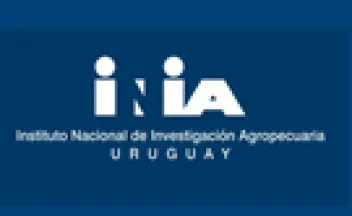Projected land-cover changes and their consequences on the supply of ecosystem services in Uruguay.

ABSTRACT.- Grasslands are among the most human-modified biomes worldwide due to the expansion of croplands and afforestation. In the scenario of productive intensification, it is necessary to generate alternatives to model land-cover changes and their environmental consequences. This study aimed to generate land-cover projections and quantify the impact of these changes on ecosystem service supply in Uruguay. To achieve this, we used land-cover maps, Markovchain models and an ecosystem services supply index (ESSI).
